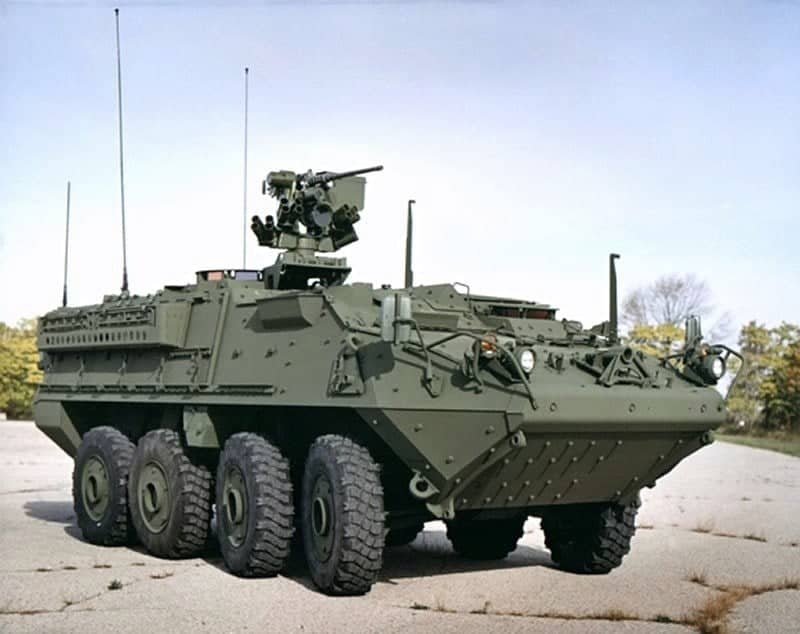Recently, the focus on India-U.S. defence collaboration intensified, particularly concerning the Stryker infantry combat vehicles. This comes in the wake of U.S. President Donald Trump‘s encouragement for India to increase military procurement from the U.S. Prime Minister Narendra Modi’s upcoming visit to Washington D.C. has further brought into light this strategic partnership. The Stryker vehicle’s performance in high-altitude conditions has been a key area of evaluation for the Indian Army.
Stryker Vehicle Overview
High-Altitude Testing
Future Procurement Plans
India’s procurement strategy involves a two-stage process. Initially, a small number of Strykers will be directly imported. Subsequently, a larger quantity will be manufactured in India, likely by Bharat Earth Movers Limited (BEML). This approach aims to enhance local defence manufacturing capabilities.
Co-Production and Customisation
The co-production of military equipment is aspect of India-U.S. defence relations. The agreement includes customisations tailored to meet the Indian Army’s specific requirements. This collaboration is expected to strengthen India’s defence capabilities and reduce dependence on foreign military supplies.
Strategic Implications
The U.S. has emphasised the importance of India increasing its procurement of American-made security equipment. This move is seen as a strategy to deter mutual adversaries. The collaboration on military technology not only enhances bilateral relations but also contributes to regional stability.
Challenges and Considerations
Despite the potential benefits, some Indian defence officials express concerns regarding the Stryker deal. They highlight the advancements made by Indian companies in developing similar vehicles. This raises questions about the necessity of importing foreign technology when local alternatives exist.

Leave a Reply